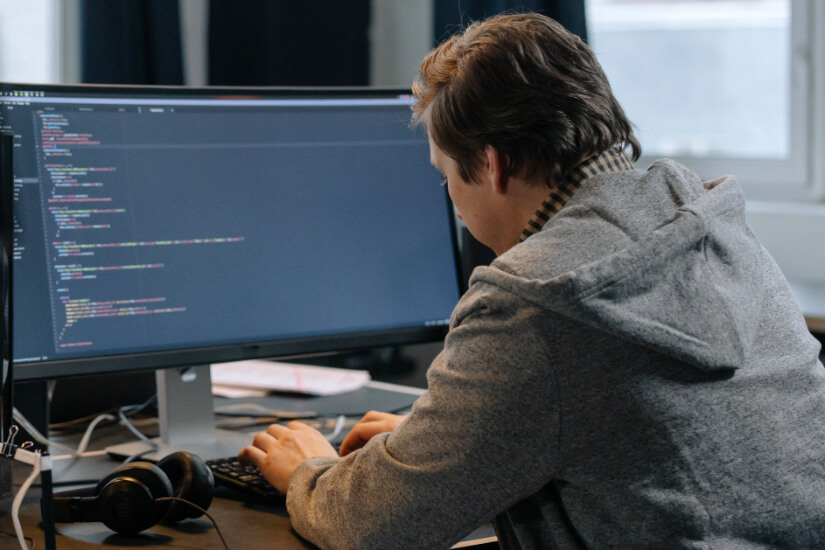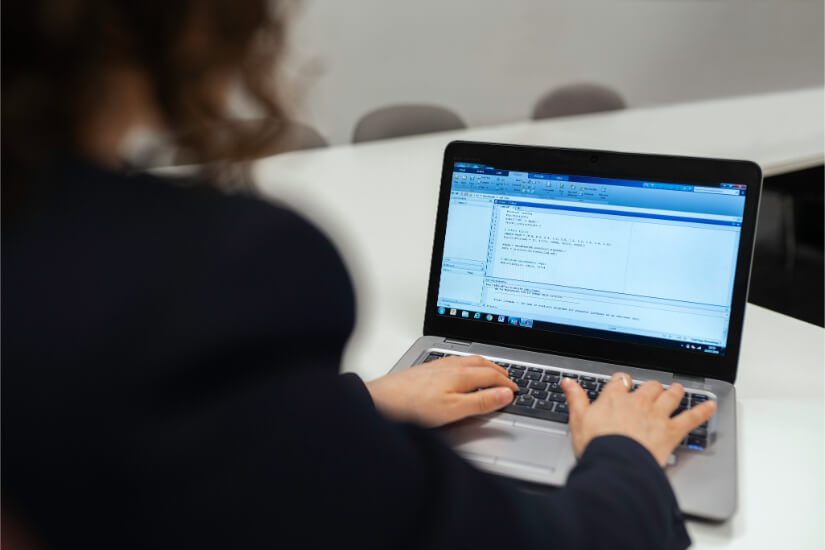Troubleshoot Like a Pro: The Art of Debugging in Programming
Debugging is an essential skill for programmers. It is the process of identifying and fixing errors or bugs in a software program. Debugging allows programmers to understand and resolve issues that may arise during the development or testing phase of a program.
Debugging involves analyzing the code, identifying the cause of the problem, and implementing a solution to fix it. It requires a systematic approach and a good understanding of the programming language and the software being developed.
Why is Debugging Important?
Debugging plays a crucial role in the software development process. Here are a few reasons why debugging is important:
- Identifying and fixing errors: Debugging helps programmers identify and fix errors or bugs in their code. This ensures that the software works as intended and delivers the expected results.
- Improving program performance: Debugging allows programmers to optimize their code and improve the performance of the program. By identifying and fixing bottlenecks or inefficiencies, programmers can make their software faster and more efficient.
- Enhancing program functionality: Debugging also helps in enhancing the functionality of a program. By identifying and fixing issues, programmers can add new features or improve existing ones, making the software more versatile and user-friendly.
- Ensuring program stability: Debugging helps in ensuring the stability of a program. By fixing errors and addressing issues, programmers can make the software more reliable and less prone to crashes or unexpected behavior.

The Debugging Process
The debugging process typically involves the following steps:
- Reproducing the problem: The first step in debugging is to reproduce the problem or error. This involves identifying the specific scenario or input that triggers the issue.
- Understanding the code: Once the problem is reproduced, programmers need to analyze the code and understand its logic and flow. This helps in identifying potential areas where the bug may be occurring.
- Setting breakpoints: Setting breakpoints in the code allows programmers to pause the program's execution at specific points and inspect the values of variables and data structures. This helps in understanding the state of the program at different stages and identifying the cause of the problem.
- Examining variables and data: Debugging tools provide the ability to examine the values of variables and data structures during runtime. This helps in identifying incorrect values or unexpected behavior that may be causing the bug.
- Stepping through the code: Debugging tools also allow programmers to step through the code line by line, observing the program's execution and identifying any issues or unexpected behavior.
- Fixing the bug: Once the cause of the problem is identified, programmers can implement a solution to fix the bug. This may involve modifying the code, updating variables, or making changes to the program's logic.
- Testing the fix: After fixing the bug, it is important to test the program to ensure that the issue has been resolved and that the software functions correctly.

Debugging Techniques
There are several techniques and strategies that programmers can use to effectively debug their code:
- Print statements: Adding print statements to the code can help in understanding the flow of the program and identifying the values of variables at different stages.
- Logging: Logging is another useful technique for debugging. By logging relevant information during the program's execution, programmers can track the flow of the program and identify potential issues.
- Using a debugger: Debugging tools and debuggers provide a powerful set of features for identifying and fixing bugs. They allow programmers to set breakpoints, step through the code, and examine variables and data during runtime.
- Code review: Having another programmer review your code can help in identifying potential issues or bugs that may have been overlooked.
- Unit testing: Writing unit tests for different parts of the code can help in identifying and fixing bugs. Unit tests provide a systematic way of verifying the correctness of the code and catching any issues early on.

Debugging is an essential skill for programmers. It allows them to identify and fix errors or bugs in their code, improve program performance, enhance functionality, and ensure program stability. The debugging process involves reproducing the problem, understanding the code, setting breakpoints, examining variables and data, stepping through the code, fixing the bug, and testing the fix. By using techniques such as print statements, logging, debuggers, code review, and unit testing, programmers can effectively debug their code and deliver high-quality software.
Posts you might like
- Navigating the Tech Job Market: Insights from Sabio Alumni and Cybersecurity Opportunities
- Embracing the Climb: A Leader's Growth Mindset Journey
- This is the Perfect Time to Dive into Coding and Automation, This is Why!
- Troubleshoot Like a Pro: The Art of Debugging in Programming
- Beyond Bootcamp: Diverse Career Avenues in Tech
- Spotting Burnout in Tech Job Hunts: 6 Warning Signs & Ways to Overcome It
- Get Hired: Essential Knowledge for Emerging Programmers
- 7 Steps to Build a Personalized Continuous Learning Plan for Coders
- Empower Your Journey: Benefits of Remote Code Bootcamps
- Proactive Steps: Daily Rituals for the Job-Hunting Programmer
- Don't Sabotage Your Tech Job Search: Mistakes to Skip
- Unleashing Opportunities: How Bootcamp Career Services Propel Success
- From Lines to Offers: How Your Coding Experience Shapes Market Value
- Optimizing Success: Your Attitude in Coding Bootcamps
- Roadmap to Success: Tech Job Hunt with a Coding Bootcamp Mentor
- Crafting Your Tech Startup Roadmap from Bootcamp Grad
- Tips for Creating a Resume That Gets Interviews for High-Experience Jobs After Coding Bootcamp
- Accelerate Your Career: Embrace Bootcamps for Real-World Programming Skills
- The Coding Craft: Essential Skills Learned at Bootcamps
- Bootcamp Bonds: Tapping into Networks for Tech Employment
- Coding Confidence Booster: The Benefits of Coding Mock Interviews
- Programming by the Clock: The Impact of Effective Time Management
- Coding Freedom: The Value of Learning at Your Own Speed
- Calm Code Journey: Overwhelm-Free Bootcamp Success
- Polish Your Pitch: Tech Interview Communication Essentials
- Inside the Loop: Coding Bootcamps and Tech Industry Strategies
- From Zero to Hired: Decode the Experience Question in Tech Interviews
- Solving the Puzzle: Refining Your Problem-Solving as a Programmer
- The Art of Practicality: Using Coding Languages Without Overlearning
- Practice Makes Perfect: The Key to Software Engineering Brilliance



